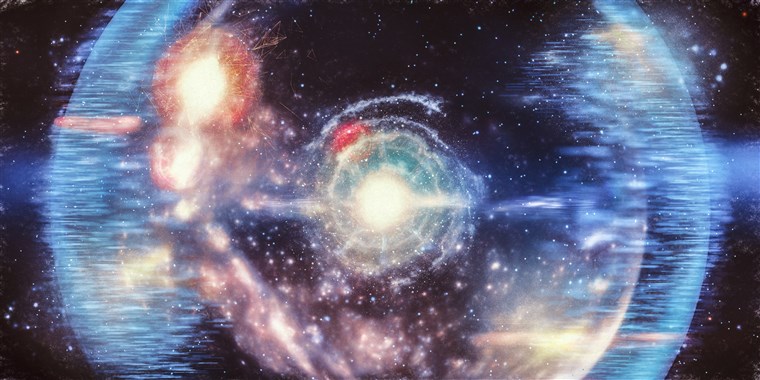Russia To Reproduce The First Moments Of The Universe With A “Supercollider” Named NICA

In Dubna, about 100 kilometers north of Moscow, takes shape an enormous scientific complex that will house the NICA “supercollider,” a large project with international participation with which Russia aspires to recreate the first moments of the Universe.
The construction of the NICA (Nuclotron-Based Ion Collider “fAcility”) at the Joint Institute of Nuclear Research (JINR) began in 2013, and the works are expected to be completed by the end of next year, scientist Dmitry Driablov has assured a group of foreign journalists. The desire of the approximately one thousand Russian scientists and engineers working on the project is to start operating the collider in 2023.
The aim is to study the transition from ordinary matter to quark-gluon plasma, a boiling and dense “soup” that existed just a few millionths of a second after the Big Bang, approximately 13.7 billion years ago. To achieve that, the scientists would collide gold ion beams within NICA.
The heart of the NICA is the superconducting accelerator Nuclotron, which has been operating in the JINR since 1993 and was one of the first in Europe, according to Russia. The long-term goal of the JINR is that the NICA would serve not only to “observe the origin of the current state of the Universe,” but also to offer practical solutions in the fields of space and medicine.
Russia To Reproduce The First Moments Of The Universe With A “Supercollider” Named NICA
The JINR, founded in 1956 and currently employing 5,000 people and involves 18 countries in Europe, Asia, and Latin America and other scientific institutions such as the European Centre for Particle Physics (CERN) in Switzerland. A year ago CERN indicated that “Medicis” (Medical Isotopes Collected from Isolde) would produce “tailor-made” radioactive isotopes for use in the diagnosis or treatment of diseases such as cancer.
About space, NICA, on whose advisory board CERN engineers participates, can contribute to measuring the performance of microelectronic technology to analyze its resistance to radiation when used in space. A “space” experiment has already taken place in Dubna. Recently, JINR scientists measured cosmic radiation in the brains of monkeys to see how it impacts short- and long-term memory, Driablov said.
Scientists hope NICA to be able to offer solutions to this type of problem, given that heavy ions charged in the accelerator can simulate in a few seconds or minutes the effects of cosmic radiation on electronic devices and human beings.
0 comments